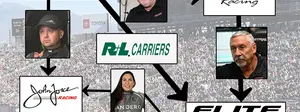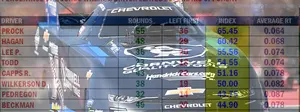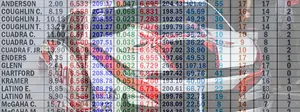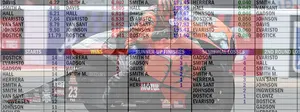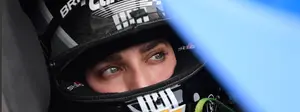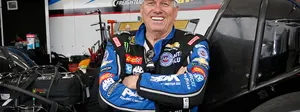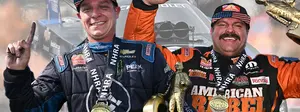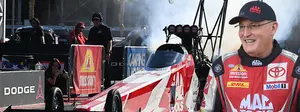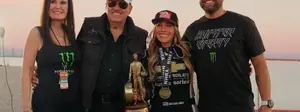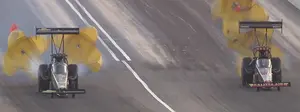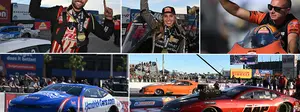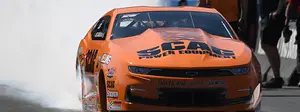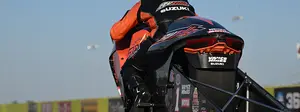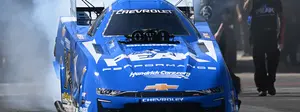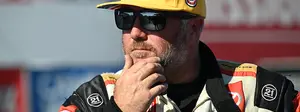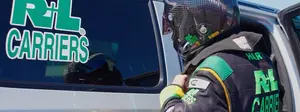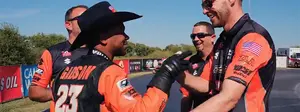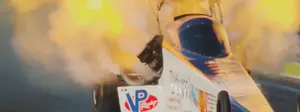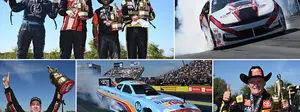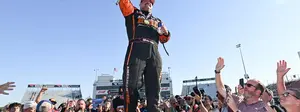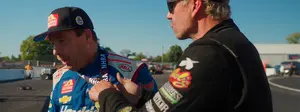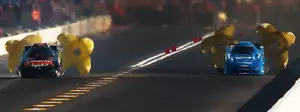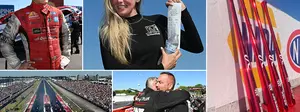In drag racing, few cars are as iconic as the 1968 Plymouth Barracuda. What sets this Barracuda apart is its unique role in Chrysler Corporation's research and development. This car isn't just another muscle car; it’s the actual R&D prototype meticulously designed and constructed by Chrysler's engineering team to showcase the power of the 426-cubic-inch Hemi engine—considered the ultimate factory-produced race engine.
More than a test vehicle, this Barracuda was a "mule car" used for extensive testing and development. The engineering team employed special suspension modifications and lightweight fiberglass front clip components to push the car's performance into the 10-second range. This Barracuda started as a 1967 model, originally a small-block-powered Formula S that accumulated street miles before being slated for dragstrip duty. Once its new role was decided, the car was re-engineered from the ground up to accommodate the massive 426 Hemi engine, transforming it into a drag strip warrior.
The creation of this groundbreaking Barracuda was the result of a collaboration between two of Chrysler’s most renowned performance engineers, Tom Hoover and Dick Maxwell. Hoover, often referred to as the "Father of the Hemi," was instrumental in developing all of Chrysler's muscle car engines. Maxwell, another key figure in Chrysler's performance division, brought his race car engineering expertise to the table, ensuring that every aspect of the Barracuda was optimized for drag strip performance.
A key feature of these B029 Super Stock cars was their powerful 426 Hemi engines, built with 12.5:1 compression, Hooker Headers, and dual Holley 4-barrel carburetors mounted on a cross-ram intake manifold. This setup maximized airflow and fuel delivery, resulting in unparalleled power and acceleration. The cross-ram intake manifold, with its longer and equal-length runners, helped maximize the engine's power curve and high-RPM performance, making these engines a force on the track. Throughout its life, this Barracuda has featured both an A-833 four-speed manual and the TF-727 automatic transmission that is installed now. Power is sent to the rear slicks via a Dana 60 rear axle with a 9¾-inch-diameter ring gear.
As seen in the accompanying photos, the Barracuda was built in Highland Park, Michigan, and then transported to California for extensive testing at the original Irwindale Dragstrip. Irwindale was a hotspot for drag racing in the 1960s, providing the perfect environment for Chrysler's engineers to fine-tune the Barracuda's performance.
As a result of this prototype's success, Chrysler built 50 Hemi Super Stock cars for the 1968 season. These B029 cars were purpose-built for speed, making them highly sought-after collector's items. The production versions were partially built by Hurst and featured modifications aimed at shedding weight and maximizing performance, including the removal of unnecessary features and the installation of lightweight components.
These B029 Super Stock cars have built an enduring legacy, continuing to race and win even today. This celebrated architecture has also inspired the Sox & Martin Challenge, an annual competition at the NHRA U.S. Nationals that pits Dodge Darts against Plymouth Barracudas. If you enjoy the Sox & Martin Challenge, you owe a debt of gratitude to this Barracuda prototype.
























